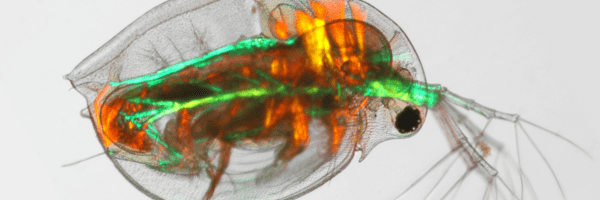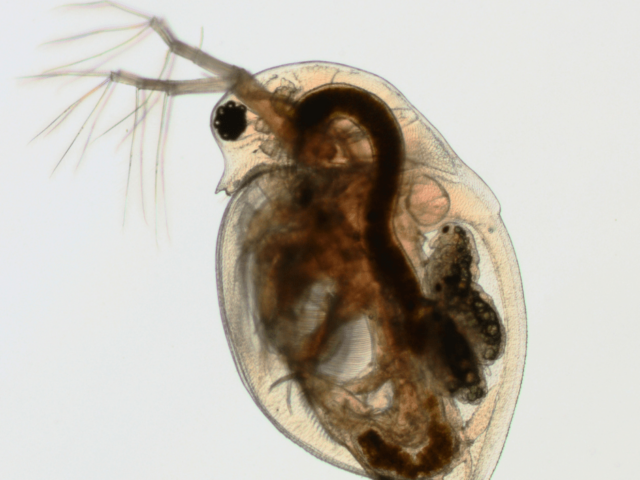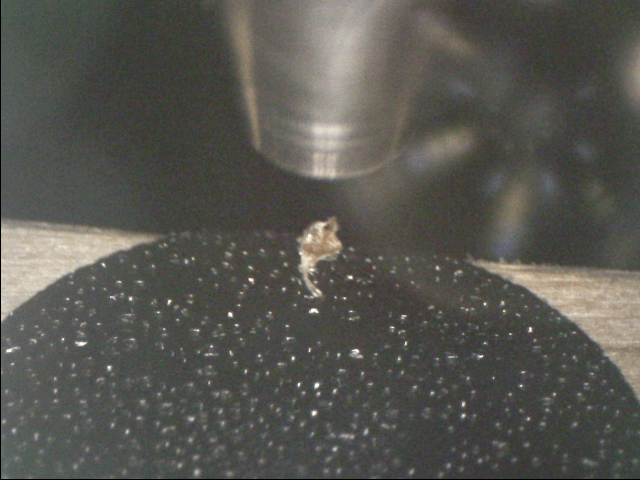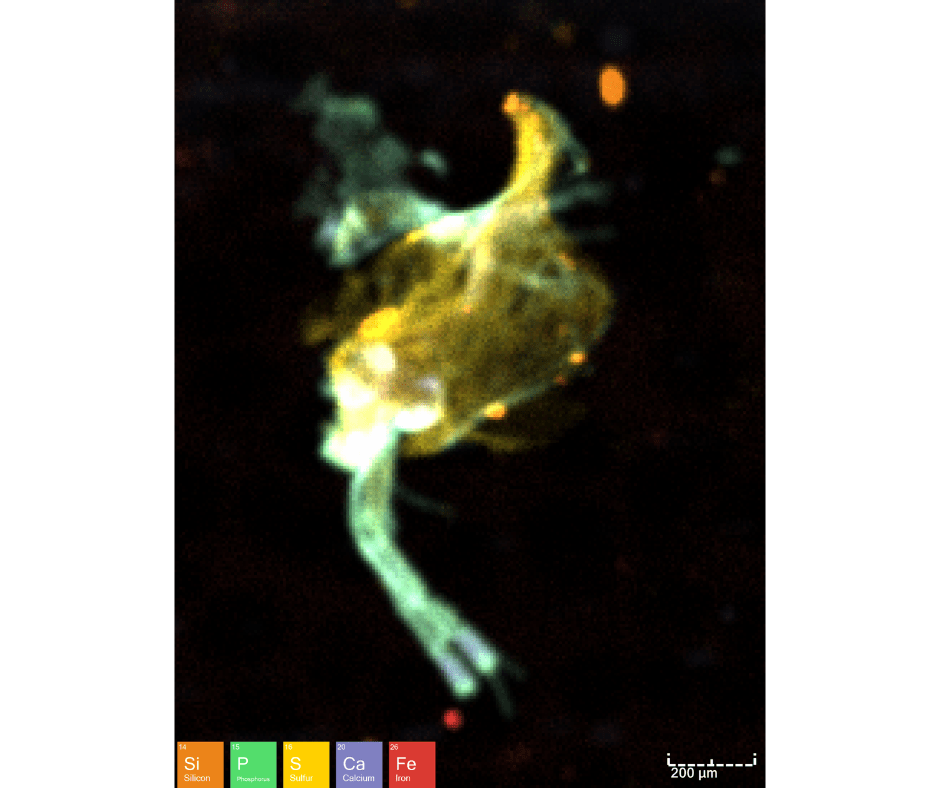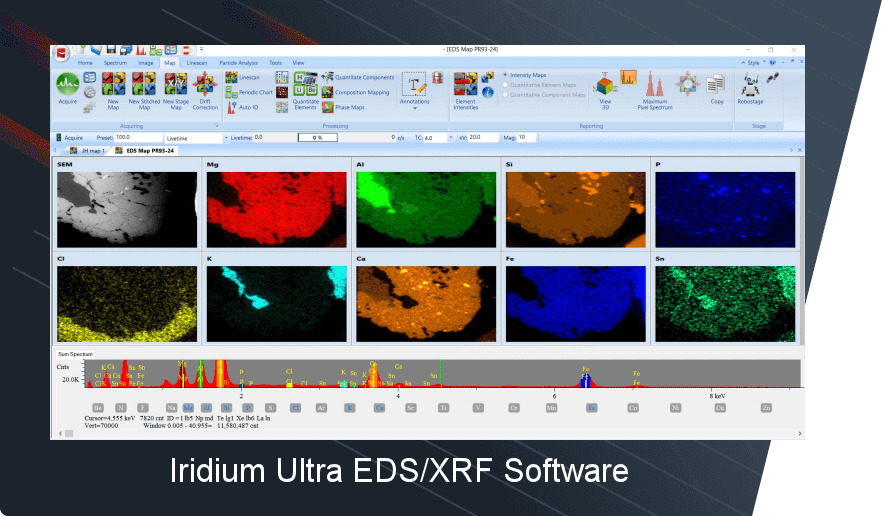The water flea, a tiny crustacean primarily found in freshwater environments, has emerged as a pivotal model organism in scientific research. Its unique biological characteristics and sensitivity to environmental changes make it an ideal subject for a range of studies. This article delves into the diverse applications of water fleas in scientific research, particularly in environmental studies, and explores how advancements in high spatial resolution micro X-ray fluorescence (microXRF) with light element detection capability are revolutionizing the analysis of these organisms.
Water Fleas in Environmental Studies
Biological Indicators of Ecosystem Health
Water fleas, such as Daphnia, are sensitive to changes in their aquatic environment, making them excellent bioindicators. Their response to pollutants, temperature shifts, and nutrient levels can provide critical insights into ecosystem health. By observing changes in water flea populations, researchers can infer the presence of harmful substances and assess the overall quality of water bodies.
Studying Ecotoxicology
Water fleas are central to ecotoxicology research. Their reaction to various toxins, including heavy metals, pesticides, and industrial effluents, is thoroughly studied to understand the impact of these substances on aquatic life. Water fleas’ life cycle and reproductive patterns offer vital data on the sub-lethal and chronic effects of pollutants.
Climate Change Research
The response of water flea populations to climate-related changes, such as increased water temperatures and altered precipitation patterns, is a growing area of research. These studies are crucial in understanding how climate change affects freshwater ecosystems and the broader implications for biodiversity and water resources.
Aquatic Food Chain Research
As a primary consumer in aquatic ecosystems, the water flea plays a crucial role in the food web. Understanding their behavior, population dynamics and interactions with other species helps in studying aquatic ecology and the functioning of ecosystems.
Figure 1: (Image 1) Brightfield microscope image of water flea. Stock image from Getty Images. (Image 2) Spot Camera view of water flea on Atlas stage before analysis.
The Role of High Spatial Resolution MicroXRF
Advancements in Elemental Analysis
MicroXRF has emerged as a cutting-edge tool for analyzing biological samples, including water fleas. This technology offers non-destructive, in-situ elemental analysis with remarkable precision. With instruments like the Atlas M-LE (Light Elements), we now can detect elements from Carbon (C) to Uranium (U) makes it especially useful in studying the elemental composition of tiny organisms like water fleas.
Enhancing Environmental Research
MicroXRF’s high spatial resolution, as high as 5µm with the Atlas series microXRF, allows for detailed mapping of elemental distribution within water fleas. This capability is transformative in understanding how these organisms interact with and accumulate various elements and compounds present in their environment. For instance, researchers can trace the uptake of specific pollutants and study their distribution and concentration within the body of water fleas.
Figure 2: Element maps of a water flea collected on the Atlas X-LE (Light Element) microXRF using a 5 µm spot size.
Investigating Bioaccumulation and Biomagnification
MicroXRF facilitates the study of bioaccumulation and biomagnification processes in water fleas. By analyzing how different elements are absorbed and concentrated within these organisms, scientists can gain insights into the movement of pollutants through aquatic food webs. This information is crucial in assessing the ecological risk of environmental contaminants.
Figure 2: Element map overlay of a water flea displaying the elements for Si, P, S, Ca, and Fe. Collected on the Atlas X-LE (Light Element) microXRF using a 5 µm spot size.
Future Perspectives
The integration of high spatial resolution microXRF in the study of water fleas opens new horizons in environmental research. It enhances our understanding of the complex interactions between aquatic organisms and their habitats, especially in the context of pollution and climate change. With its non-destructive, high-precision analysis, this technology is set to become an indispensable tool in aquatic ecotoxicology and environmental monitoring.
Conclusion
The humble water flea, often overlooked due to its diminutive size, plays a monumental role in scientific research. As a bioindicator, it provides invaluable insights into the health of freshwater ecosystems. The advent of high spatial resolution microXRF technology has further expanded our capabilities to understand and protect these vital environments. Through continued research and technological advancements, we can better appreciate the intricate connections within our ecosystems and work towards preserving them for future generations.
Discover the Potential of High Spatial Resolution MicroXRF for Your Research
If you’re involved in environmental or biological research and looking for precise, detailed analysis tools, high spatial resolution microXRF might be what you need. This technology offers a non-destructive way to study a wide range of elements in small samples like water fleas, enabling a deeper understanding of environmental interactions and pollutants.
Interested in learning more? Contact us to discover how the Atlas microXRF can enhance your research, provide clearer insights, and contribute to more accurate and comprehensive studies.
